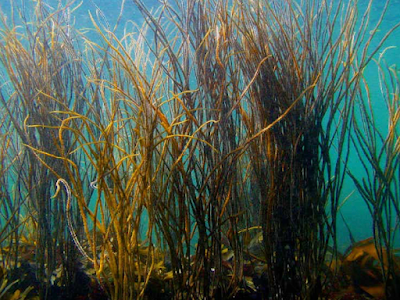Exactly one hundred years ago, on 11 July 1925, The Brighton & Hove Herald reported a dazzling leap into modernity: the first brilliant neon sign blazed across the front of the Palace Pier. It was a spectacle the likes of which the town had never seen - a vivid red beacon spelling out Palace Pier, its letters edged in electric blue, visible from a considerable distance along the bustling seafront. This photo - courtesy of Royal Pavilion & Museums, Brighton & Hove - is dated to 1925 (though I know not if it actually includes any neon illumination).
At the time, neon was still a novel wonder. Invented by French engineer Georges Claude and first unveiled to the public at the Paris Motor Show in 1910, neon signs were a marvel of engineering and chemistry, harnessing the glow of electrified gas to paint the night in colours more vivid than anything achieved by traditional incandescent bulbs. In Britain, neon advertising only truly began to catch on in the early 1920s. Londoners were awestruck by neon displays on places like Hammersmith Bridge, and Brighton was determined not to be left behind.The Brighton & Hove Herald of 11 July 1925 was almost breathless in its report, explaining that the new Palace Pier sign was among the first uses of neon illumination in the town - part of a wider effort to give the seafront a ‘brighter aspect by night’. The paper described how ‘huge shaped glass tubes’, bent to form the letters, were filled with neon gas which glowed fiercely under electrical charge, producing a luminous red unlike anything seen before. Surrounding blue lamps heightened the effect, creating what the Herald called ‘a colour combination that was quite attractive.’
The article goes on to give more details; ‘The words of the sign are formed by vacuum tubes charged with neon gas and electricity, which produces the brilliant light. The sign on the Pier takes 8,000 volts (alternating current), but it is so cheap in consumption of current that it costs only 2 1/2 d. an hour to run; and after the sign has been lit for a month that amount will be reduced to 2d. With the aid of a little lunar limelight, a wonderful colour effect was obtained on Tuesday night, but this was for ‘one night only.’ A great orange-coloured moon rose out of the wall of dark over the sea, and the orange of the moon and the flaming ruby of the sign produced a colour combination that was quite impressive.’
This local marvel was part of a global neon boom that would come to define the visual culture of the 20th century. Within a few years, neon would spread to Blackpool’s promenades, Piccadilly Circus, and Times Square, becoming synonymous with nightlife, glamour, and the thrilling energy of modern cities. But on that July evening in 1925, Brighton stood proudly at the forefront of this new luminous age.










